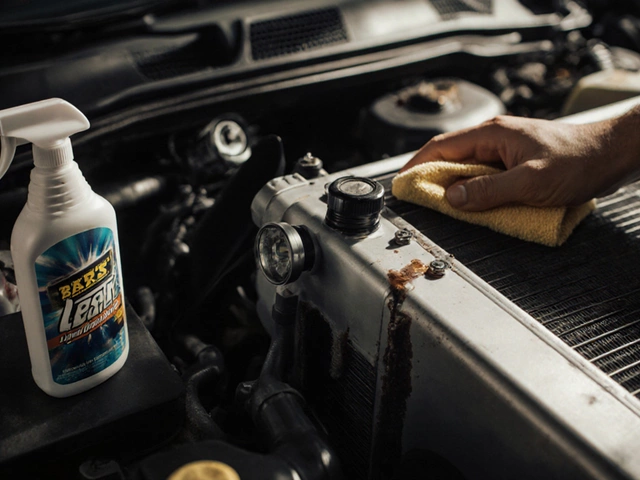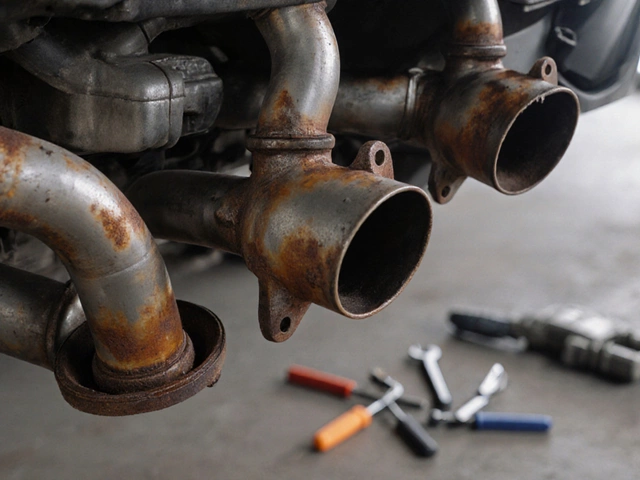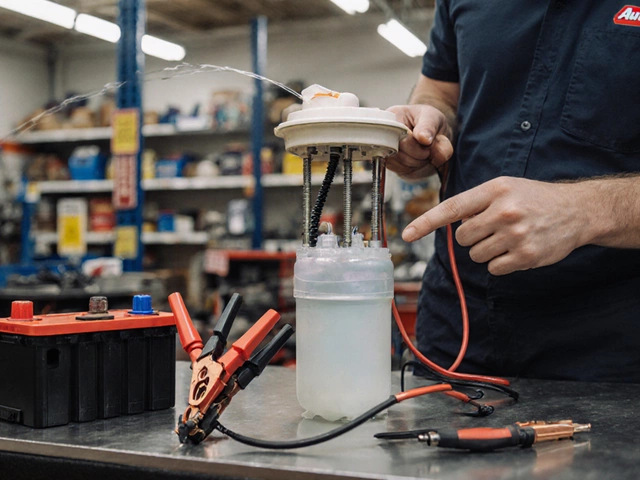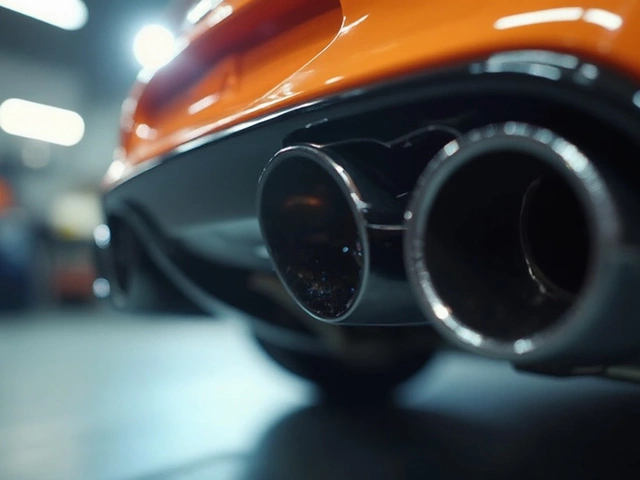AC Unit Filters: Easy Guide to Choosing and Replacing Your Car’s Air Conditioner Filter
When the summer heat hits, the last thing you want is a stale smell or weak airflow from your car’s AC. The culprit is often the AC unit filter, also called the cabin air filter. It catches dust, pollen, and nasty smells before they reach the interior. A clean filter means better cooling, cleaner air, and less strain on the AC system.
Why the AC filter matters
The filter sits right behind the glove box and protects the blower motor and evaporator. Over time it gets clogged with road dust, pollen, and even mold spores. When that happens you’ll notice weaker fan speed, a musty odor, and sometimes foggy windows because the system can’t dry the air properly. In the long run a dirty filter can force the AC compressor to work harder, which may raise fuel consumption and lead to premature wear.
How to pick the right filter
First, check your owner’s manual or the label on the existing filter. It will list the size (usually something like 20x20x1 inches) and the filtration rating. If you drive in a dusty area or have allergies, go for a high‑efficiency filter that captures smaller particles. These are a bit pricier but they make a noticeable difference in cabin air quality. For most drivers, a standard pleated filter works fine and costs less.
When you shop, compare OEM part numbers with aftermarket options. Many brands sell a universal size that fits several models, but the fit isn’t always perfect. Read reviews to see if other owners of your car model had any fit issues. Buying a filter with a rubber seal can help keep out moisture and improve sealing.
Now, let’s walk through a quick DIY replacement. You’ll need a new filter, a screwdriver (if your glove box has a latch), and a clean rag.
Step 1 – Locate the filter. Open the glove box, remove any stops or screws, and tilt the box down enough to see the rectangular panel behind it. Some cars have a simple clip that you can pop open.
Step 2 – Take out the old filter. Pull the filter straight out. Note which side faces the cabin; most filters have an arrow indicating airflow direction.
Step 3 – Clean the housing. Use the rag to wipe away any dust that fell into the slot. A clean housing helps the new filter seal properly.
Step 4 – Install the new filter. Slide it in with the airflow arrow pointing toward the passenger side. Make sure it sits flush.
Step 5 – Reassemble. Snap the housing back, close the glove box, and you’re done.
How often should you replace it? A good rule of thumb is every 12,000 to 15,000 miles, or once a year if you drive in heavy traffic or near the coast. If you notice a drop in AC performance before that, check the filter – it might be clogged earlier.
Tips to extend filter life: keep the windows closed while driving on dusty roads, run the recirculate setting less often, and change the filter before the allergy season if you’re prone to sneezing.
If you prefer not to DIY, most quick‑lube shops will swap the filter for a few dollars. Just bring the right part number and they’ll handle the rest.
Bottom line: a clean AC unit filter keeps your car cool, saves fuel, and improves the air you breathe. It’s a cheap, easy fix that pays off every time you turn on the AC.

How Many Filters Does an AC Unit Have? Explained
Discover exactly how many filters a typical residential AC unit contains, where they are located, and how often to replace each for optimal performance and air quality.
CONTINUE READING








